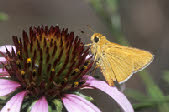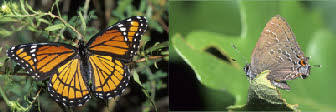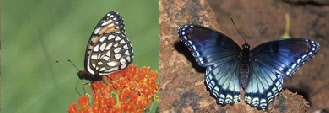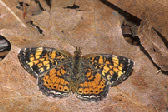The Butterflies of the World Foundation
A Non-




Falcate Orangetip
Anthocharis midea, Hübner, (1809)
Subfamily Pierinae
Tribe Euchloini
Taxonomy
There are about 1100 or so species within the family Pieridae. The family is further
divided into three subfamilies, the Coliadinae which has about 300 species worldwide
and includes the Sulphurs, Yellows and Brimstones, the Pierinae which has about 700
species worldwide and includes the Whites, Orange-

Anthocharis midea, Lexington Wildlife Management Area, Cleveland County, Oklahoma,
9 April 2010 Ref
#: I-

Anthocharis midea, Lexington Wildlife Management Area, Cleveland County, Oklahoma,
18 April 2009 Ref
#: I-

Anthocharis midea, Lexington Wildlife Management Area, Cleveland County, Oklahoma,
18 April 2009 Ref
#: I-
All photographs, artwork, text and website design are the property of The Butterflies of the World Foundation (unless otherwise stated) and are protected under national and international copyright laws. Photographs, artwork or text on this website may not be reproduced in any way without prior written consent of The Butterflies of the World Foundation.
General Information:
Anthocharis midea is an early spring butterfly that flies in east-
Lifecycle:
The larval food plants include rock cress, bitter cress and other mustards. The
eggs are yellow-


Anthocharis midea, one half mile south of Lexington Wildlife Management Area, Cleveland
County, Oklahoma, 2 April 2012 Ref
#: I-

Anthocharis midea, Lexington Wildlife Management Area, Cleveland County, Oklahoma,
18 April 2009 Ref
#: I-